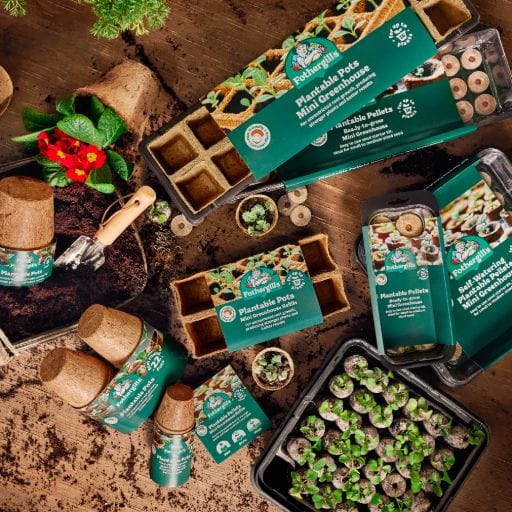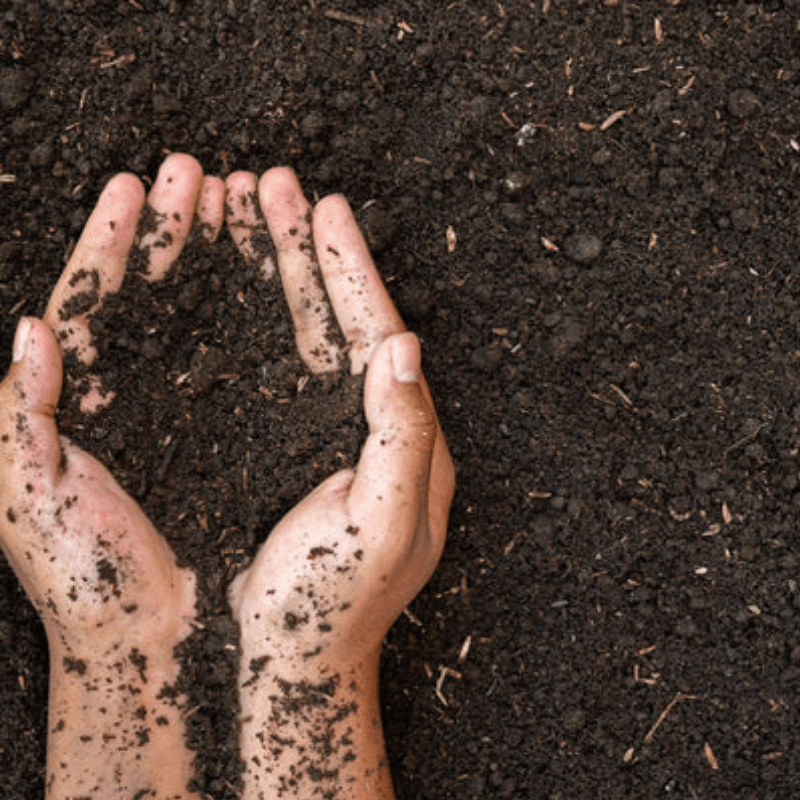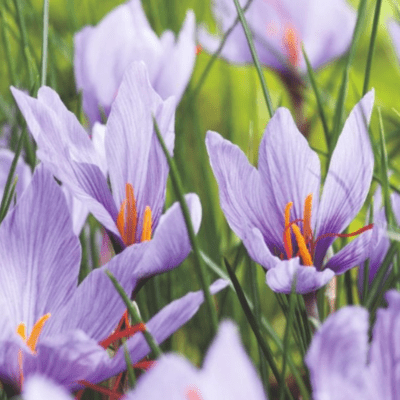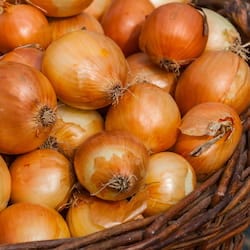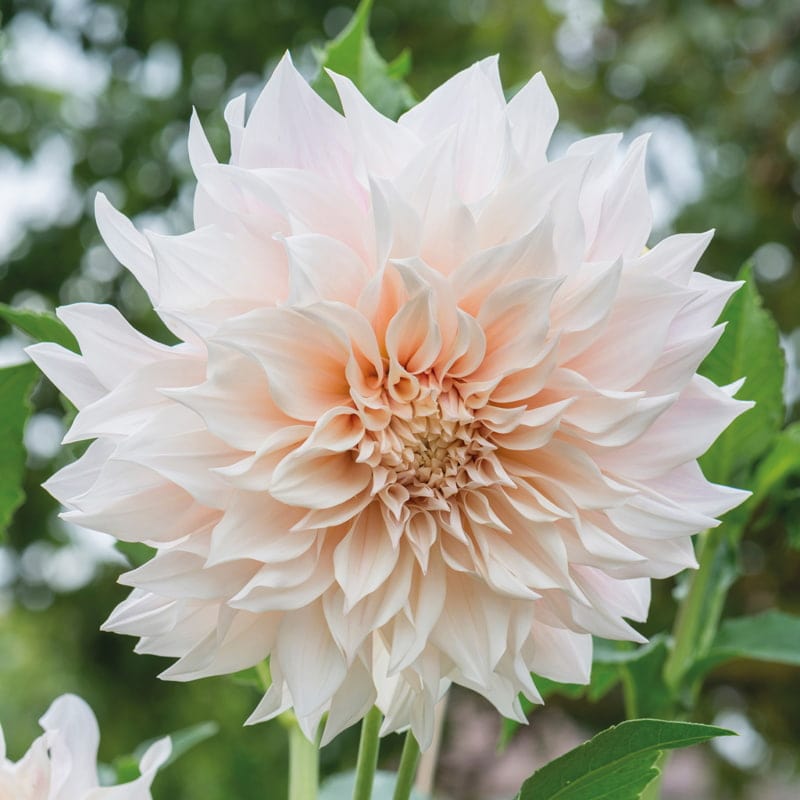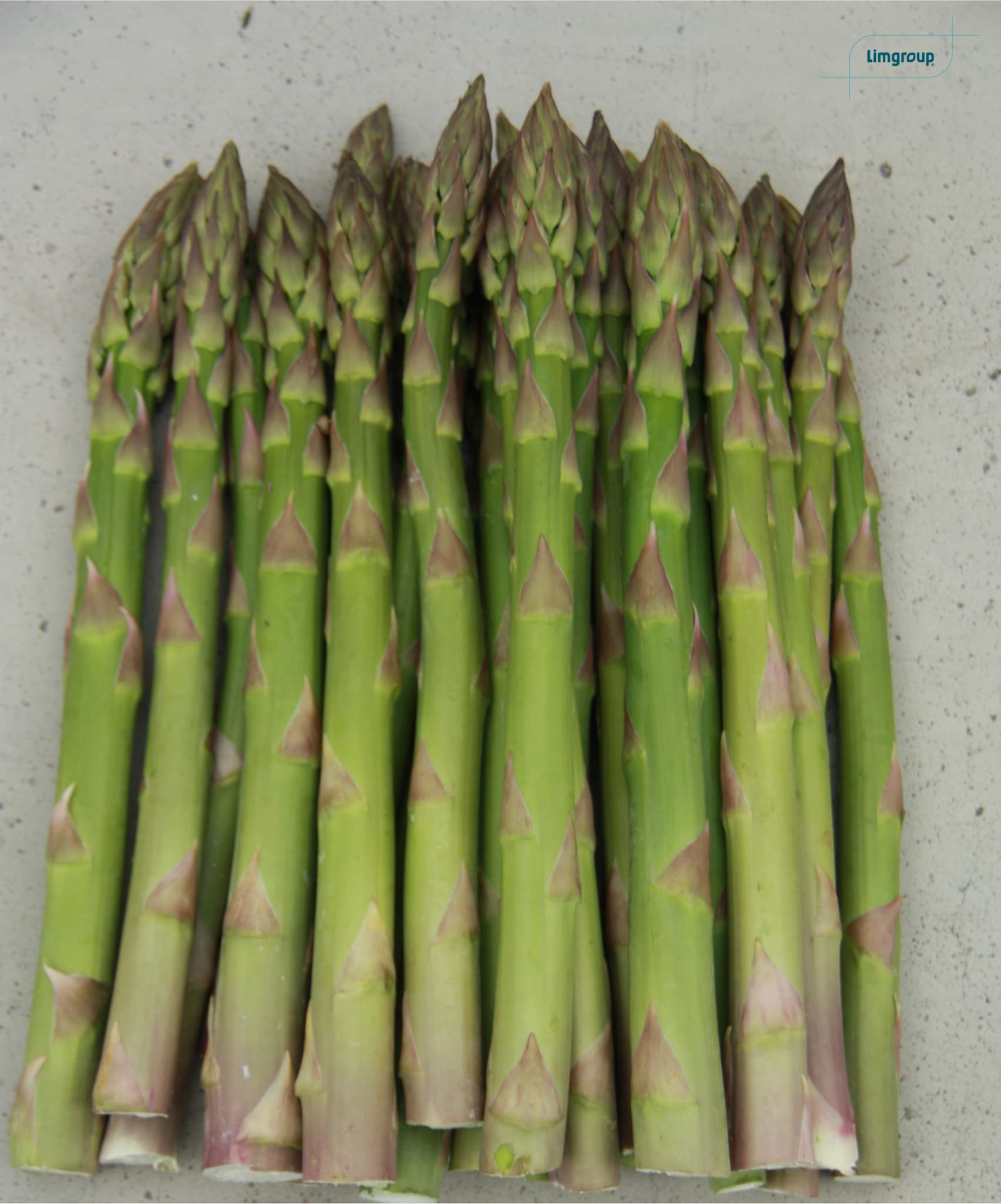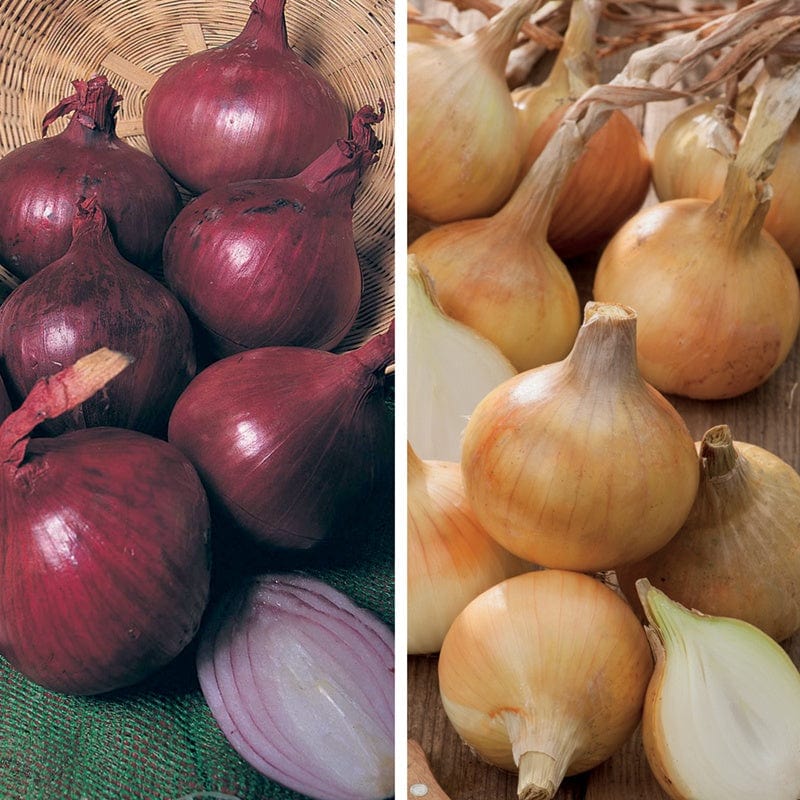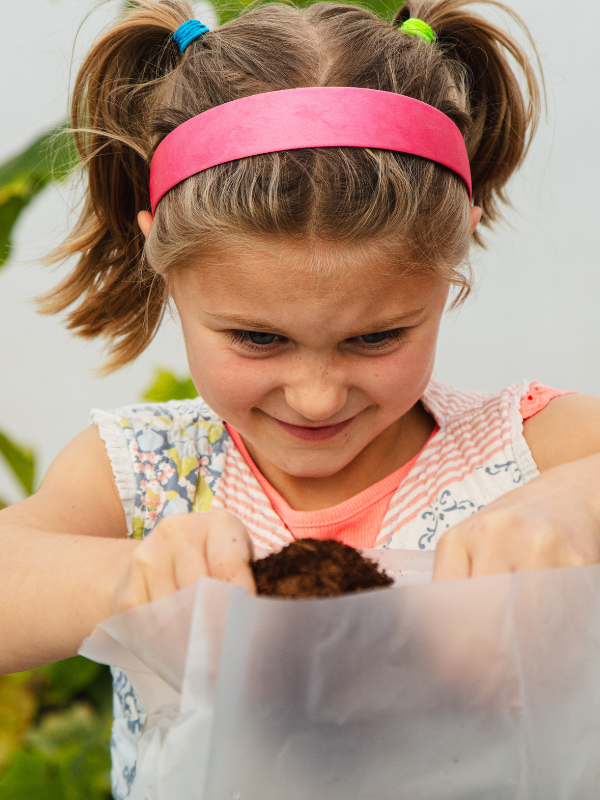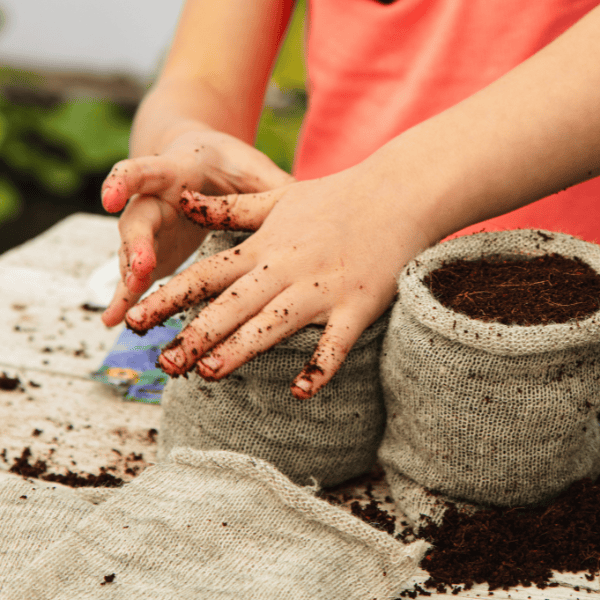Everyone loves welcoming feathered visitors to the garden! Not only do birds bring life, movement, and beautiful birdsong to your outdoor space, but they also help to control pests. With natural habitats declining, creating bird and wildlife-friendly spaces has never been more important for supporting local biodiversity.
There are many simple things you can do to make your garden more appealing for our native birds, from growing bird-friendly plants to creating safe nesting spots. Read on for Fothergill’s top tips on how to attract birds to your garden!
1. Grow Bird-Attracting Plants
Natural sources of food, such as berries and flower seeds, are incredibly important for our feathered friends. Edible plants provide an irresistible opportunity to forage, so planting plenty of suitable varieties is a great way to make your garden more bird-friendly.
Some of the best plants for birds include:
- Holly – Holly berries offer a valuable source of food throughout winter.
- Sunflowers – Sunflower seeds are rich in nutrients and beloved by many birds, including nuthatches and finches.
- Nigella (love-in-a-mist) – These striking blue annuals bloom in summer before forming seed pods. Nigella seeds are energy-rich and especially popular with small birds such as sparrows.
- Fruit plants – There are many great types of fruit to grow, from gooseberry bushes to strawberry plants, all of which provide tempting food for birds.
Many birds are insectivores, so it’s worth encouraging minibeasts to visit your garden. Try planting pollinator-friendly plants and adding compost to your soil to create the perfect environment for earthworms.

2. Plant Trees and Shrubs
If you’ve been struggling to attract birds to your garden, it may come down to a lack of foliage. Food isn’t the only purpose plants serve, after all! Taller, bushier plants provide shelter and protection from predators, while trees offer a natural place for birds to nest.
Planting bushes and trees, especially evergreen trees, will make your garden a more enticing place for birds – they’ll appreciate having somewhere to hide if they feel threatened. You can also plant prickly shrub plants around perimeters and underneath bird feeders to deter cats.
3. Set Up Bird Feeders
Alongside growing bird-friendly plants, you can offer supplementary foods such as seeds, grains and fruit. This will both help attract birds to your garden and provide them with an additional year-round source of energy.
Set up a bird feeder table or hanging bird feeder in a sheltered area, ideally near the cover of trees. Some birds, such as dunnocks, prefer to feed from the ground. Choose a high-quality bird food mix or make your own – peanuts, sunflower hearts and niger seeds are particular favourites.
Fill your bird feeders a little at a time to reduce the risk of spoilage, and make sure to clean them regularly. It’s also a good idea to move the feeders occasionally to prevent predators from learning birds’ feeding routines.

4. Provide a Source of Water
Having a source of fresh, clean water is always a reliable way to tempt birds into your garden. All birds need to drink, and many species (such as sparrows, blackbirds and finches) love to bathe in water to keep their feathers clean.
The best bird baths are wide and shallow, with sloping sides and a textured surface to provide some grip. To make your birdbath more enticing, place it somewhere quiet, shady and sheltered, such as underneath a tree. Refresh the water daily and clean the bath at least once a week to prevent bacteria and algae growth.
5. Add Nesting Boxes
Beginning in early spring, birds begin looking for a safe place to rear their young. So, creating some safe nesting sites in your garden is a great way to attract birds year after year.
Dense hedges, bushes and trees provide natural places for birds to nest. Small birds like blue tits, robins and blackbirds will also use nest boxes. Some prefer boxes with small holes, while others favour open-fronted designs.
Set up nest boxes in a sheltered spot out of reach of predators. During the nesting season (March to September), leave the boxes alone and avoid cutting hedges and shrubs. In autumn, remove old nests and thoroughly clean your nest boxes so they’re ready for new occupants next spring.
Create a Bird-Friendly Garden with Fothergill’s
Ready to transform your garden into a paradise for birds? You’ll find everything you need at Fothergill’s! We have a fantastic range of bird-friendly flower seeds and plants to choose from, as well as bird food and feeders, nesting boxes and other must-have accessories.
Check out our gardening blog for more advice on creating a wildlife-friendly outdoor space.












